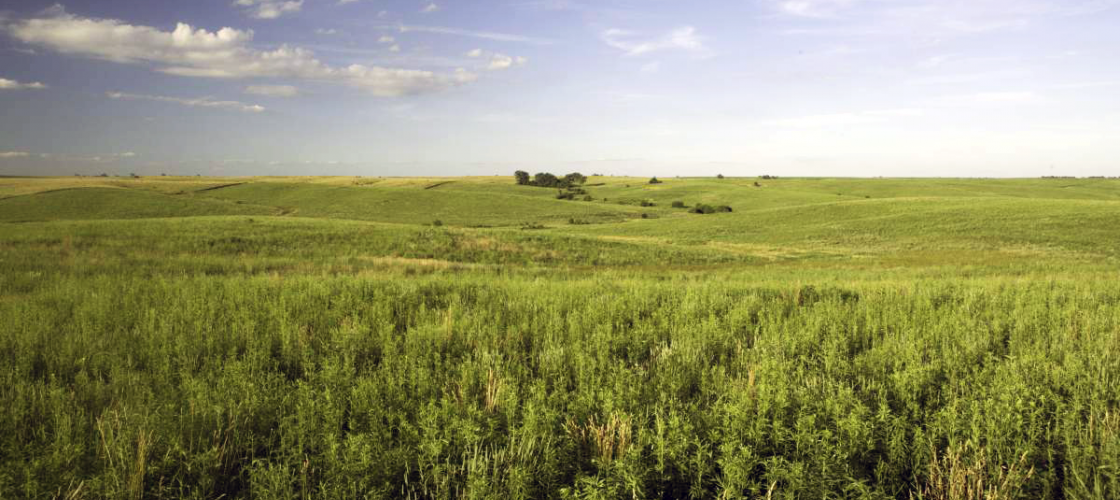Body
Well-managed grasslands benefit all species, including humans. Many species of wildlife use grasslands for food, cover, and nesting. Grasses also help control soil erosion and store carbon. But to stay productive, grasslands must be managed.






















